Did you agree with the results of the first semi final? It’s time for the 2nd one. We look at it at this funny guide again. Don’t be shocked, Julia Sanina is wearing traditional Ukrainian clothing.
We start with Denmark. It is pink all over, but the whole stage reminds us a bit of the well-known candy hearts. By the way: Reiley looks like 16, but is actually 26. We don’t see Denmark qualify.

It is still pink all over. Armenia also has a lot of pink, although that changes if Brunette is not sitting on the structure again. Surpsise, she sings a part of the song in Armenian. Of course we will see Armenia back on Saturday, in the final.

It is not entirely clear to us what Theodor Andrei from Romania wants to convey. He sings a love song, has his jacket opened but also wears shorts and Spongebob socks. We don’t quite get it. By the way, theodor’s legs are not the last hairy legs you will see. But you wont see Theodor in the final.
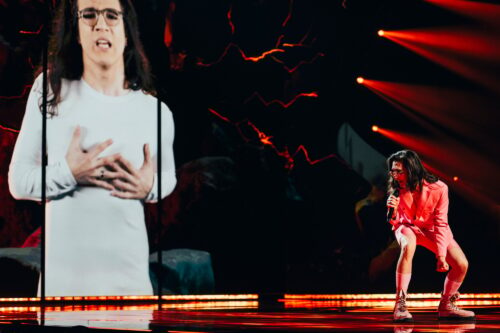
If you think that Alika from Estonia will sing a fairly quiet Wouter Hardy ballad with little frills, you will be disappointed. If you look very closely, you will see that the piano on stage is playing itself. It is likely for Estonia to go to the final.

It’s pink all over again, but now we’re talking about Gustaph’s pants. Gustaph’s act is the Brussels waffle of the festival: it contains a lot of sugar. The whole performance is rock solid and Gustaph’s vocals are good. Don’t forget dancer PussCee West who made a big contribution to the act. Of course Belgium will go to the final.

It’s actually quite sad: it’s been raining here all week, and then Andrew Lambrou of Cyprus is also getting wet on stage. Fortunately, at the end of his performance, the EBU turns on the fireplace. We will see Andrew back in the final.
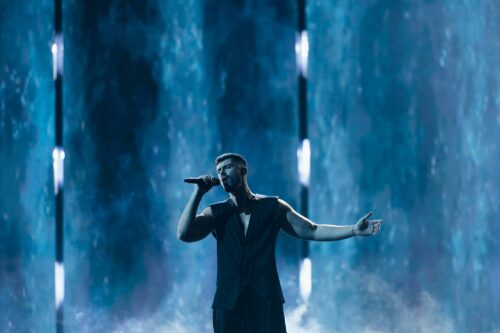
Diljá flies across the stage in a silver suit. Although she sings about p..p…p..power, we mainly see f…f….f….flowers in the background. Because of all the moving, Diljá gets out of breath. The singers are clearly not all Noa Kirel this year. No final for Iceland this year.
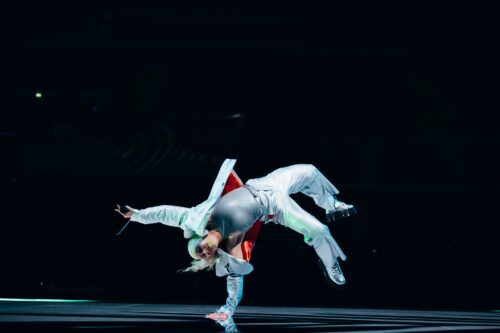
Victor Vernicos is 16 but looks 26, and yet another pair of hairy legs in shorts. Victor hops and jumps across the stage and gets so out of breath that he doesn’t sing a note in tune. We are not going to joke about this, we particularly feel sorry for the boy. Unfortunately the final will be mission impossible for Greece.

And if you think you’ve had it all in terms of bad singing, Blanka comes from Poland. Anyone who thinks that she has improved her singing since the national final will unfortunately be disappointed. The summery atmosphere that we did see in the photos does not come across at all with the camera work. However, we would not be surprised if Poland qualifies.
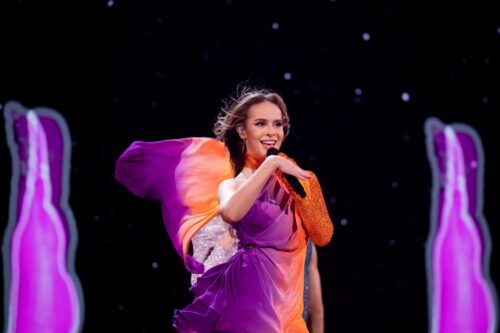
Would Joker Out! be the only band that will make it, on behalf of Slovenia. We have to say that in addition to a nice song, the group member with a mother from Assen also plays a role. In Amsterdam at Eurovision In Concert, the band did its best to speak some Dutch to our reporter Kal. That was great! We are convinced that the band will go through to the final.

Iru from Georgia didn’t want a bracelet at first. In the end it turned out to be one, a little one. The song is one for the connoisseur, well sung. Her movements are especially reminiscent of Kate Bush from the time of “Wuthering heights”. Georgia will qualify, we are convinced.
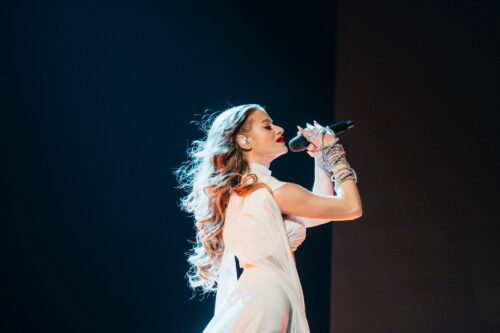
You do your best, write a song for the Eurovision song contest and then nobody likes it. It happened to the Italian group Piqued Jacks who participate for San Marino. With a thin voice, singer E-King shows that he is not the greatest singing talent of the evening. Sorry, but no San Marino in the final.
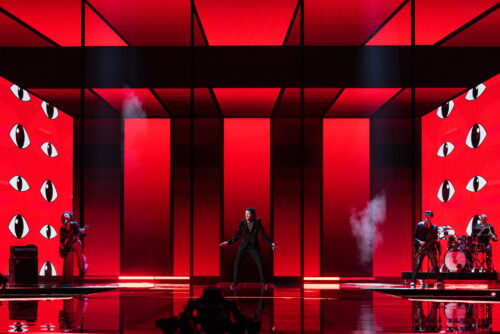
Imagine you have very nice graphics of a typewriter, Edgar Allan Poe and the singers themselves and then the camerawork is not good. It happens to Teya and Salena from Austria. The result is that the song does not come across as the hit that was previously expected. But a qualifier it is!
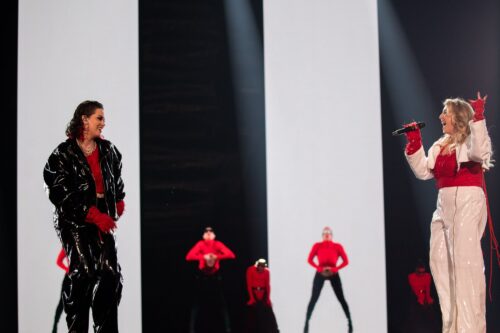
Singer Albina from Albania has brought her whole family on stage. Those who don’t turn on the sound or don’t speak Albanian might think it’s a funeral: not only because of the black clothing, but also because of the dramatic faces that the artists show. Qualifying is possible, but will be a tough job for Albania.

And then there is another returning artist: Monika Linkytė. She wears orange as if she were a Dutch lady on King’s Day. Monika and her backing singers are standing in a circle, making us wonder what children’s game they are playing. But Monika also sings a piece of the song in her own language. Lithuania will for sure qualify for the final.

Sebastien Tellier (France 2008) once had a golf cart on stage. The band Voyager makes it even more colorful with a complete car. With this typical Voyager song we rock out the 2nd semifinal. We will see this car back in the final.
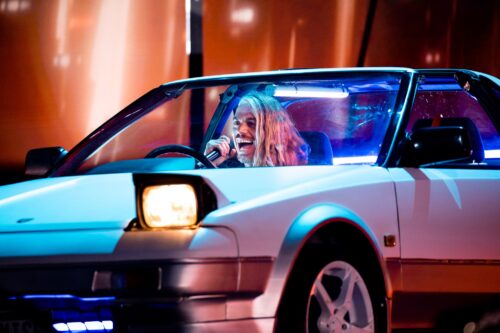
So in the end, we think Austria, Slovenia, Georgia, Australia, Belgium, Cyprus, Armenia, Lithuania, Estonia and Poland will qualify for the final.


